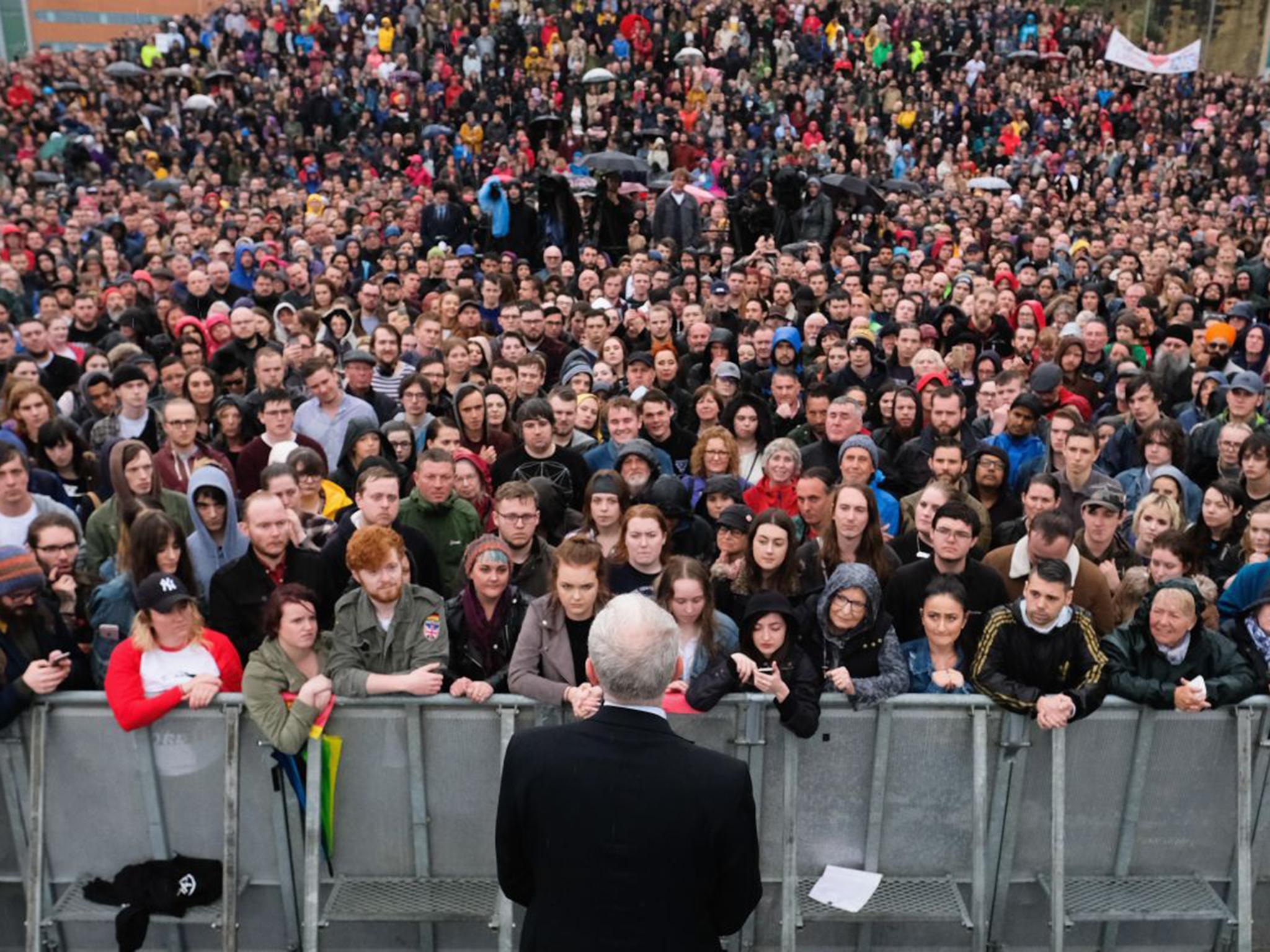Lowering the voting age to 16 could change the winner in 88 seats, ONS analysis shows
A new study shows constituencies where young people aged 16 and 17 outnumber the sitting MP’s majority

Lowering the voting to 16 could have a major effect on the result of the general election in dozens of constituencies across the country, a new analysis by the Office for National Statistics (ONS) has found.
By combining population data with the latest local general election results, the ONS found that there are 88 constituencies out of 650 where the number of 16- and 17-year-olds outnumber the majority of the sitting MP – potentially putting the seats into contention if the youth were allowed to vote.
The latest study has been published amid a debate in the Conservative party and in wider politics about intergenerational equality and how to appeal to young voters, after Labour did better than expected last month, thanks in part to the youth votes. th
Most of Britain’s major opposition parties, including Labour, the Liberal Democrats, SNP, the Green Party and Plaid Cymru, want to extend the franchise to those old enough to join the armed forces – but Conservative resistance means nothing is likely to change while Theresa May is Prime Minister.
Around 30 of the 88 vulnerable seats are Conservative-held: the colour most likely to change hands if the franchise was extended, because young people tend to back Labour by a margin of as much as 70 per cent.
Labour would be the largest party in Parliament if all 30 of these Tory seats changed hands – but the chance of any seats switching would depend on whether 16- and 17-year-olds turned out to vote.
The ONS also warns that the figures are only approximate because some of the 16- and 17-year-olds in the population figures are not British nationals and would not be entitled to vote.
“Overall, there were 88 constituencies where the number of 16- and 17-year-olds was greater than the winning margin. This doesn’t mean that the outcome in the seats would have changed – that would depend on voter turnout and preference – but it does show us those areas where there would have been potential for change,” the ONS said.
Scotland was over-represented in the numbers, with four of the 10 consistencies with the smallest margins there, including North East Fife, Perth and North Perthshire, Glasgow South West and Glasgow East.
General Election 2017: Big beasts who lost their seats
Show all 716- and 17-year-olds were allowed to vote by the Scottish Government in the 2014 Scottish independence referendum, and have been allowed to vote since in Scottish Parliament and Scottish local elections, though the UK Government has refused to allow young people to take part in other elections.
Asked about lowering the voting to 16 during the general election campaign, Theresa May said the right to vote was not required to “engage” in politics. She suggested that young people take part in mock elections for the powerless Youth Parliament instead.
Subscribe to Independent Premium to bookmark this article
Want to bookmark your favourite articles and stories to read or reference later? Start your Independent Premium subscription today.

Join our commenting forum
Join thought-provoking conversations, follow other Independent readers and see their replies